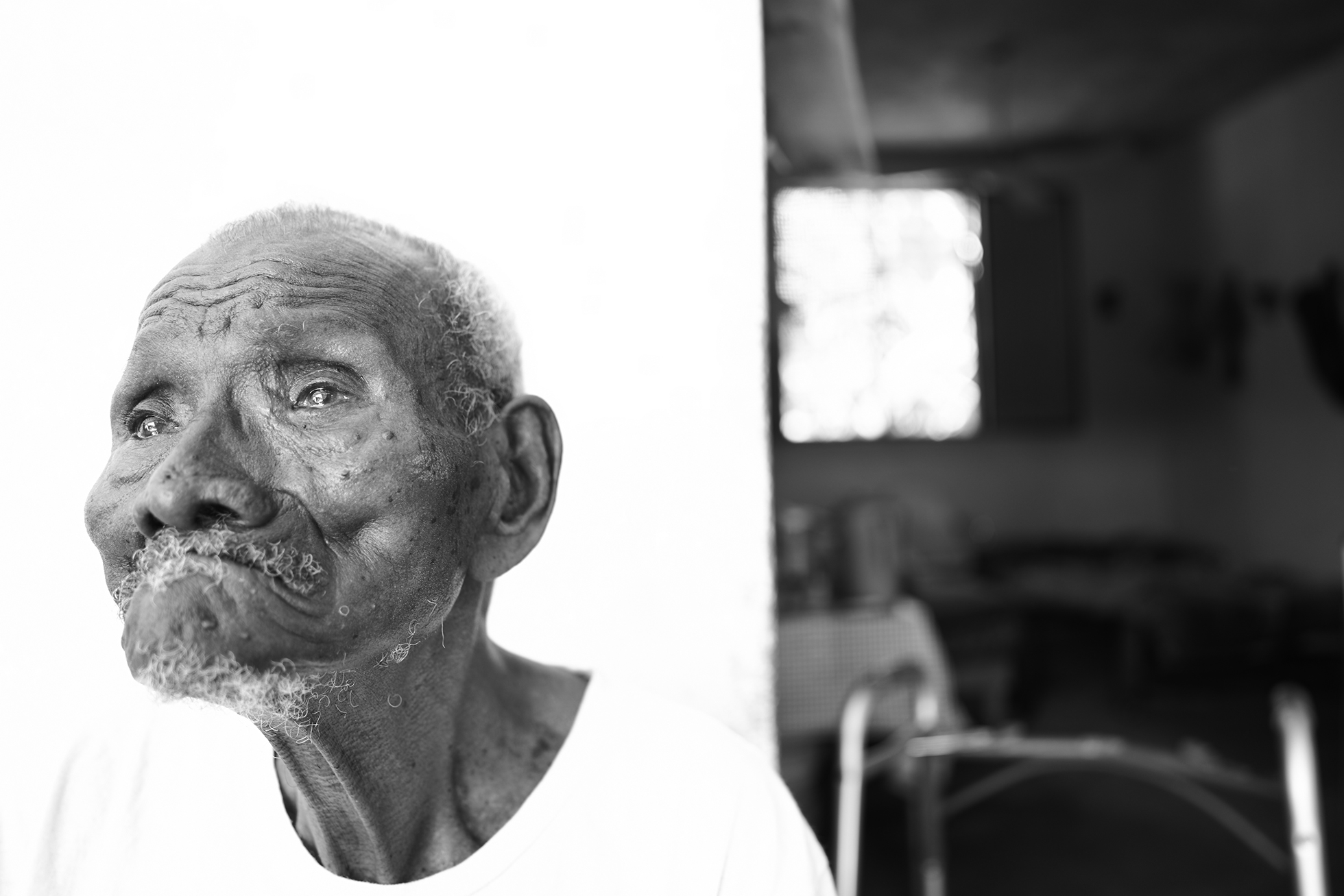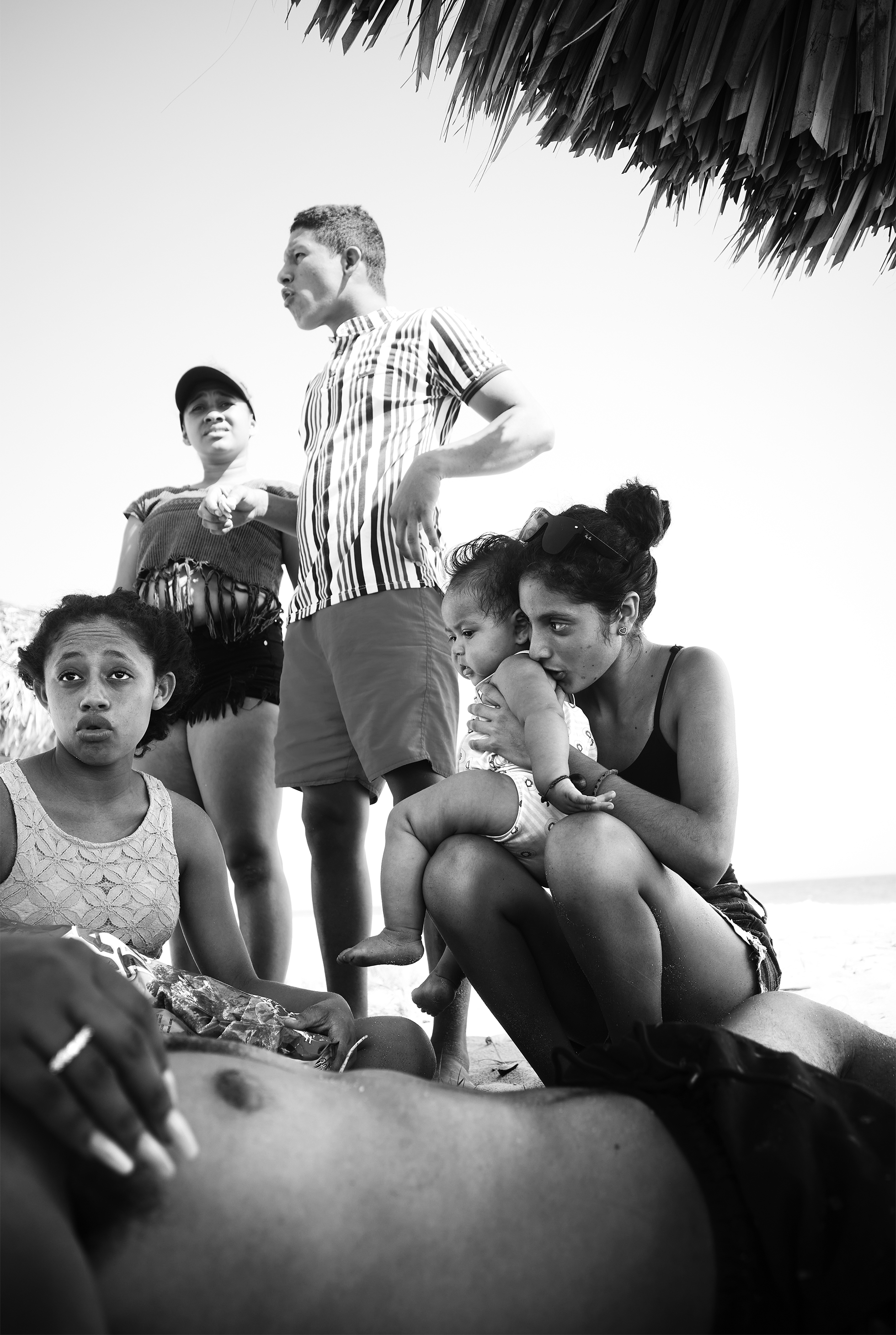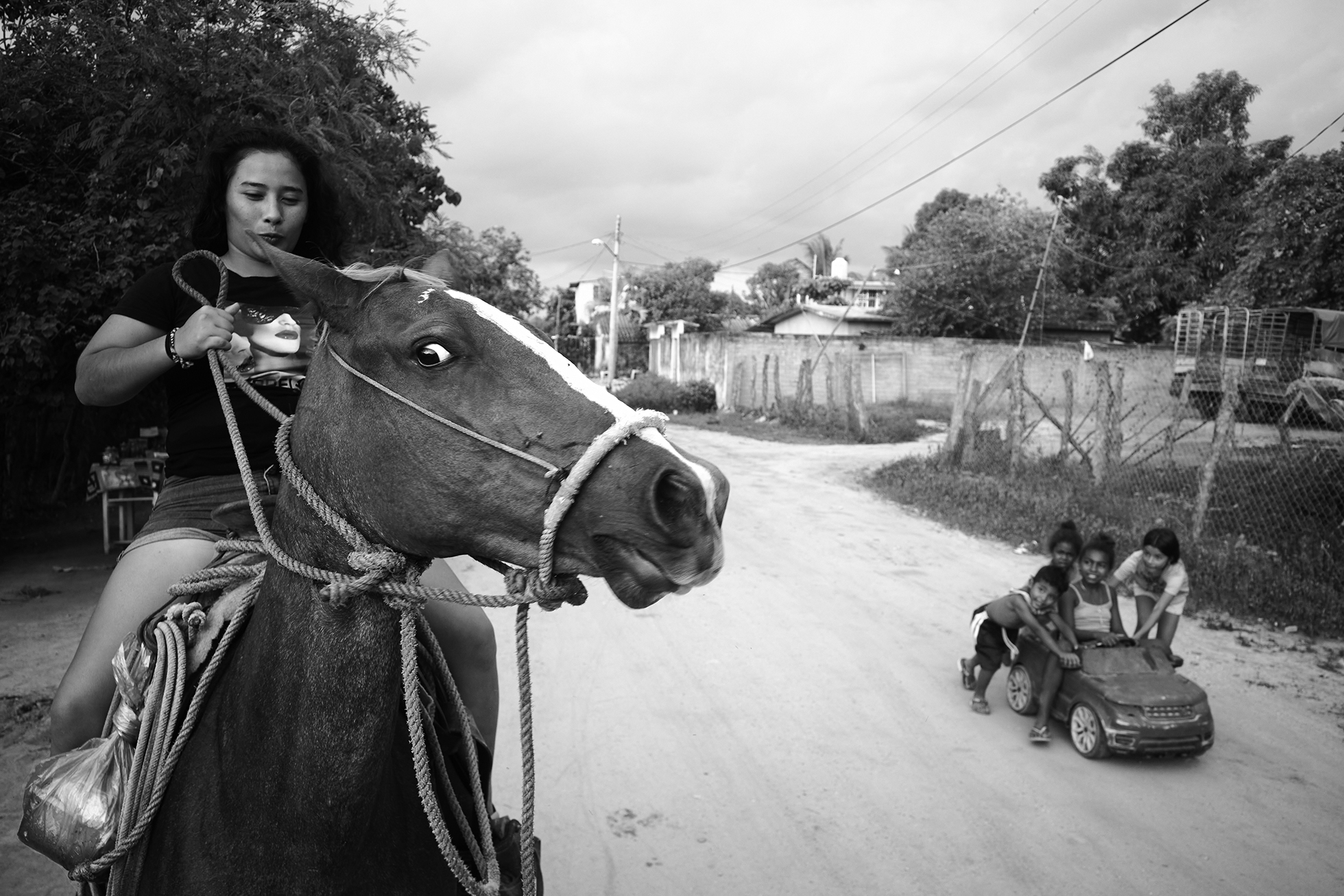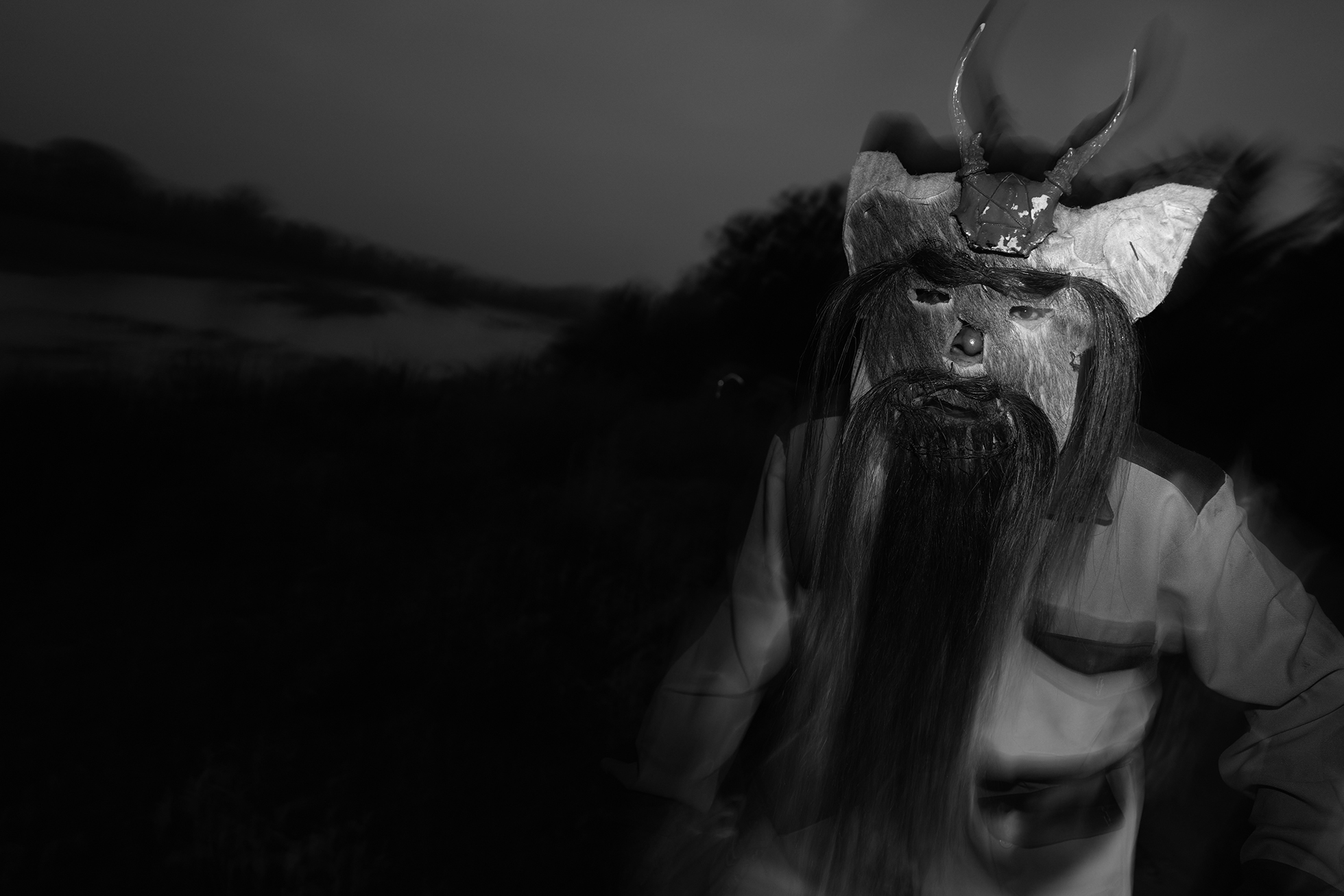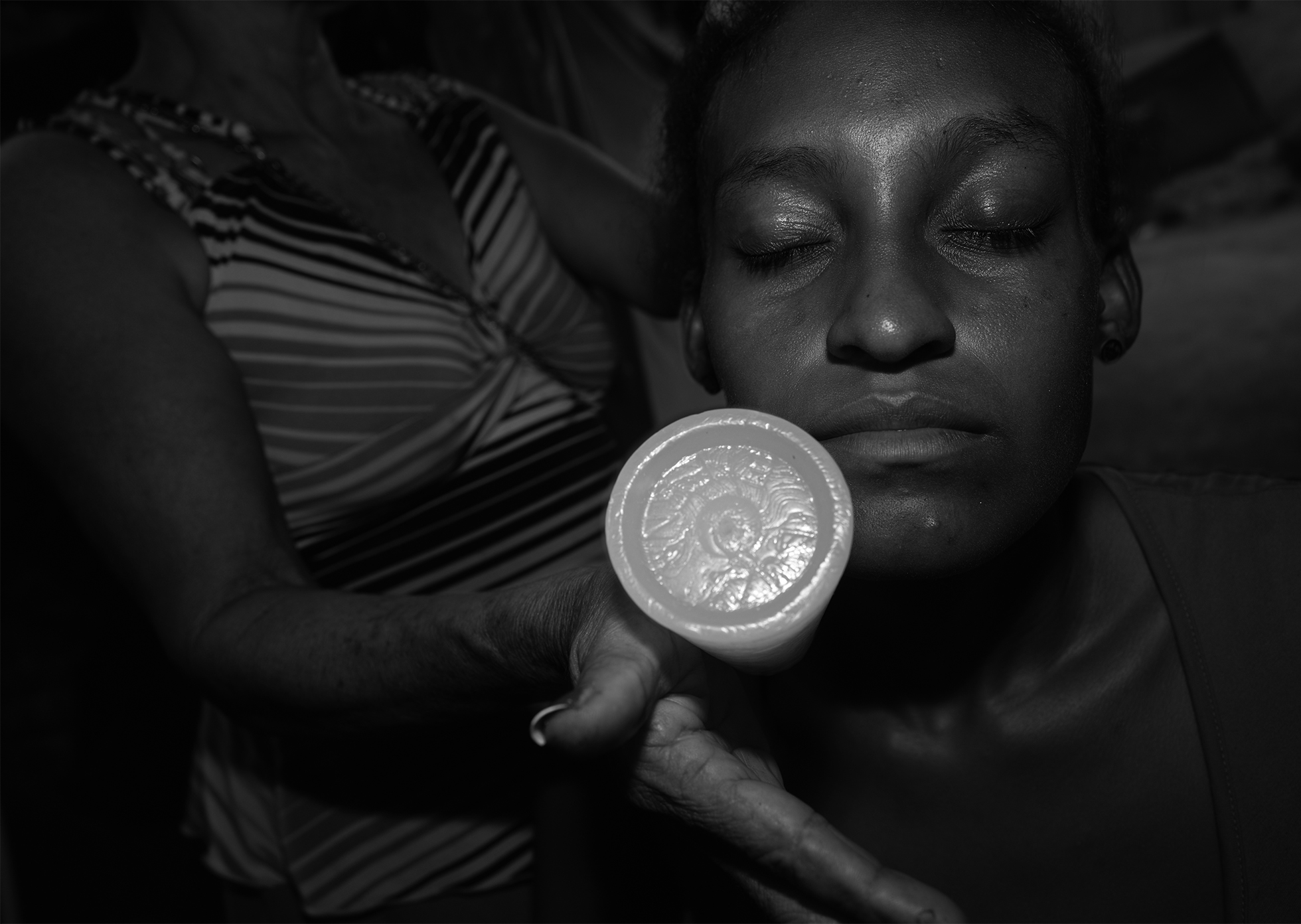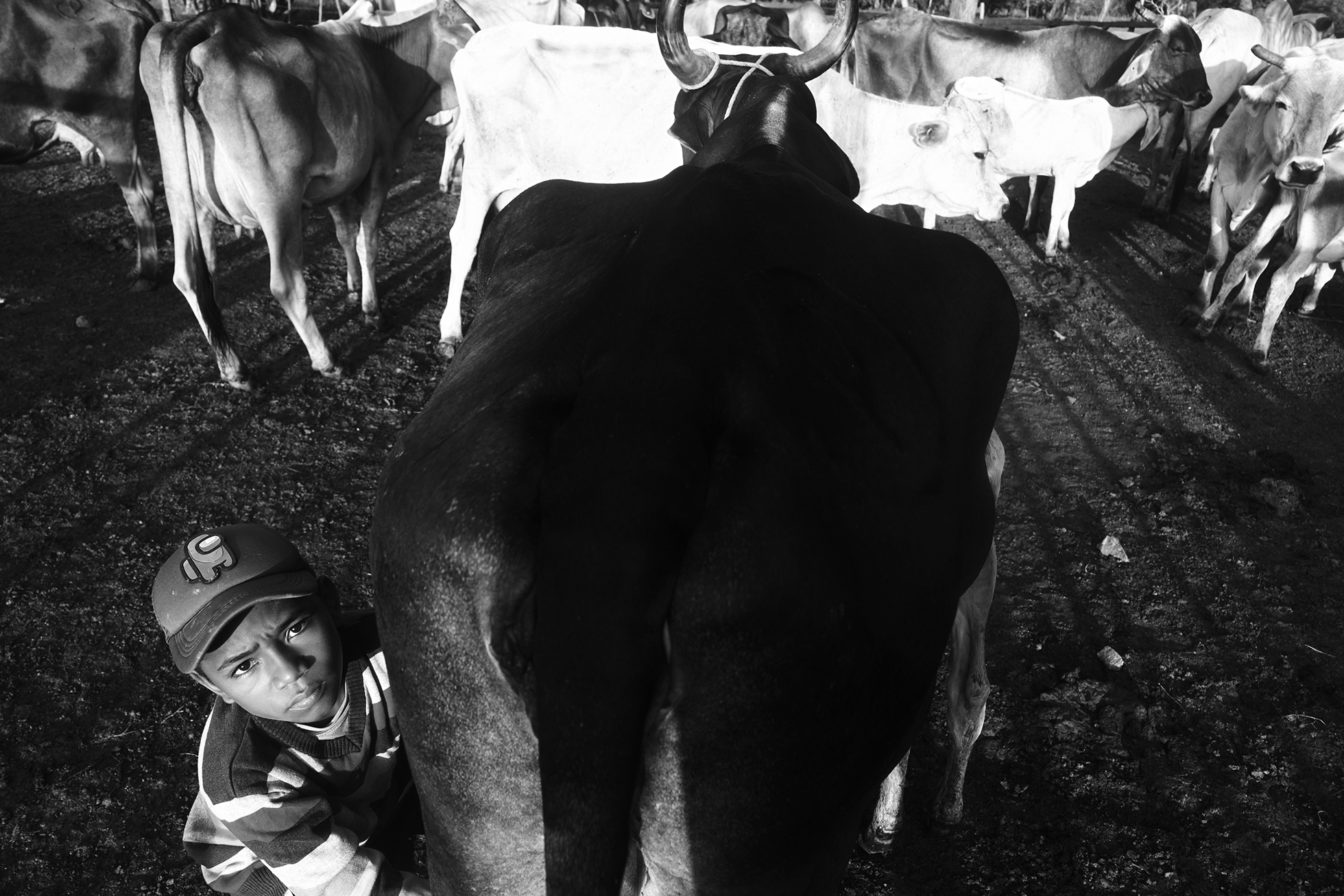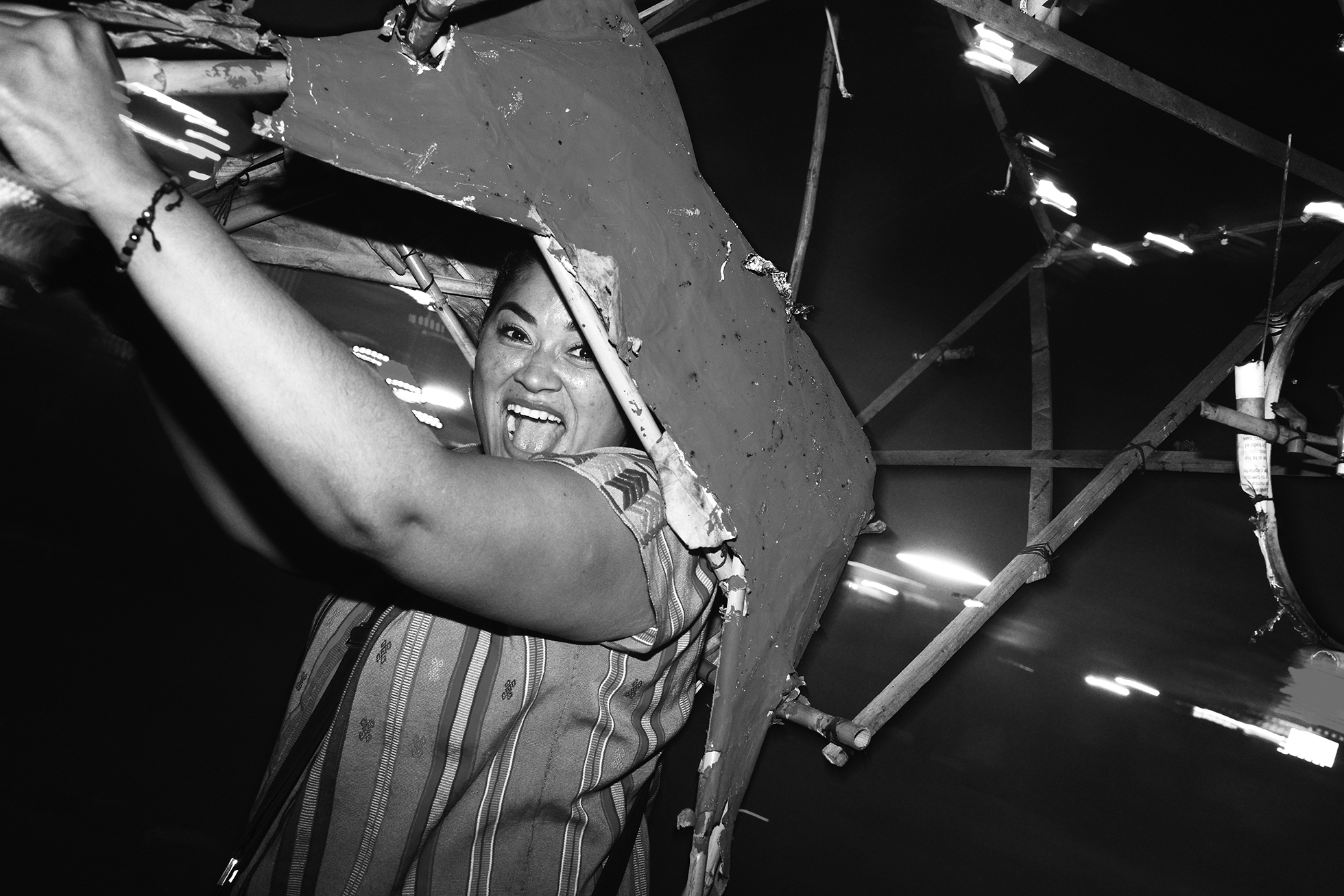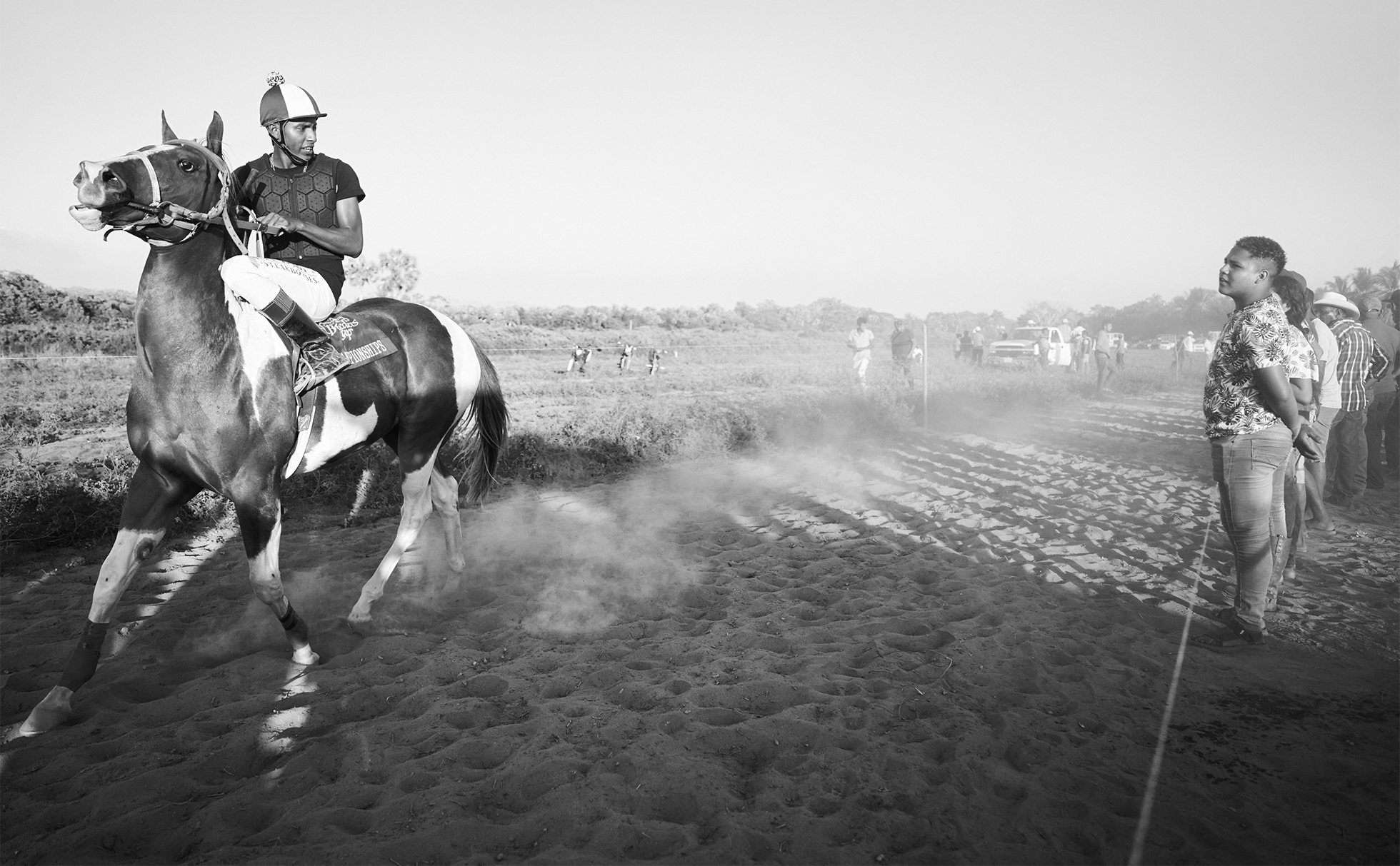In October 2019 I was working on a story about migrant tent communities in Ciudad Juárez, Mexico, along the Texas border. Most of the camps’ residents were escaping cartel violence and seeking asylum in the United States, but they were being forced to wait in Mexico under a Trump-era policy called “metering.” Almost all the asylum seekers came from three states: Zacatecas, Michoacán, and Guerrero. A small group of them stood out: Afro-Mexicans from Guerrero.
People of sub-Saharan African descent have lived in what is today Mexico since the early days of Spanish colonization. Prior to the start of the Mexican War of Independence in 1810, it’s estimated that two hundred thousand enslaved Africans were brought to the country. Others arrived of their own volition, escaping slavery in the U.S.
Today there are only a handful of communities left with large Black Mexican populations. The Costa Chica, the coastal region of southern Guerrero and northern Oaxaca, boasts the greatest number. The area’s relative isolation — a national highway didn’t reach it until the 1970s — is often credited for keeping the Afro-Mexican identity intact. Most Afro-Mexicans make their living from small cattle ranches, fruit farms, and fishing operations. As in much of rural Mexico, life has changed a lot there in the past thirty years. Many young people have left to find work in cities or in the U.S. Some return, and some don’t. Illicit-drug use and organized crime have also impacted many Afro-Mexican towns.
My experience in Juárez and the relative scarcity of information about Mexico’s Black communities made me curious to visit the Costa Chica myself. So a few years later I did. I ended up staying there for six months, forming friendships and documenting the residents’ daily life. This is a selection of photos from my time there.
—Hank Baker
Zuli Rodriguez, from Río Viejo, Oaxaca, and her husband, Saul Ortega of La Peña, Michoacán, celebrate their second wedding night. The couple met years ago when they were living in Oakland, California, and married soon after. They returned to Zuli’s hometown in 2013 and have been living there ever since. In 2021 they decided to have the Mexican wedding they’d always wanted.
Victoriano Ayona Corcuera stands outside his home in Collantes in January 2022. He died the following June at the age of 112. When I met Mr. Corcuera, he was still lucid and walking on his own. He told me how, when he was a child, Emiliano Zapata’s army had invaded his town, and he sang me the victory song that was composed after they’d been driven out.
A family spends Sunday at the beach near Paso de la Garrocha, Oaxaca.
Mary Rodriguez, a police officer from Collantes, rides a friend’s horse near her home.
A man performs La Danza de los Diablos. The dance is probably the most iconic Afro-Mexican tradition. Its history is clouded in mystery, much like that of the communities who’ve preserved it.
Nineteen-year-old Lizbeth Cisneros is treated for an illness by a traditional healer in the community.
Twelve-year-old Mario works on his family’s cattle ranch on the outskirts of Collantes.
Karla Martinez, of Santa María Huazolotitlán, Oaxaca, steers a firework-blasting torito during her town’s annual carnaval celebration.
A jockey talks with a spectator at a Sunday horse race. Such races are common throughout the region on Sundays and during festivals. The participants face off two at a time and travel in a straight line, as in a drag race.


